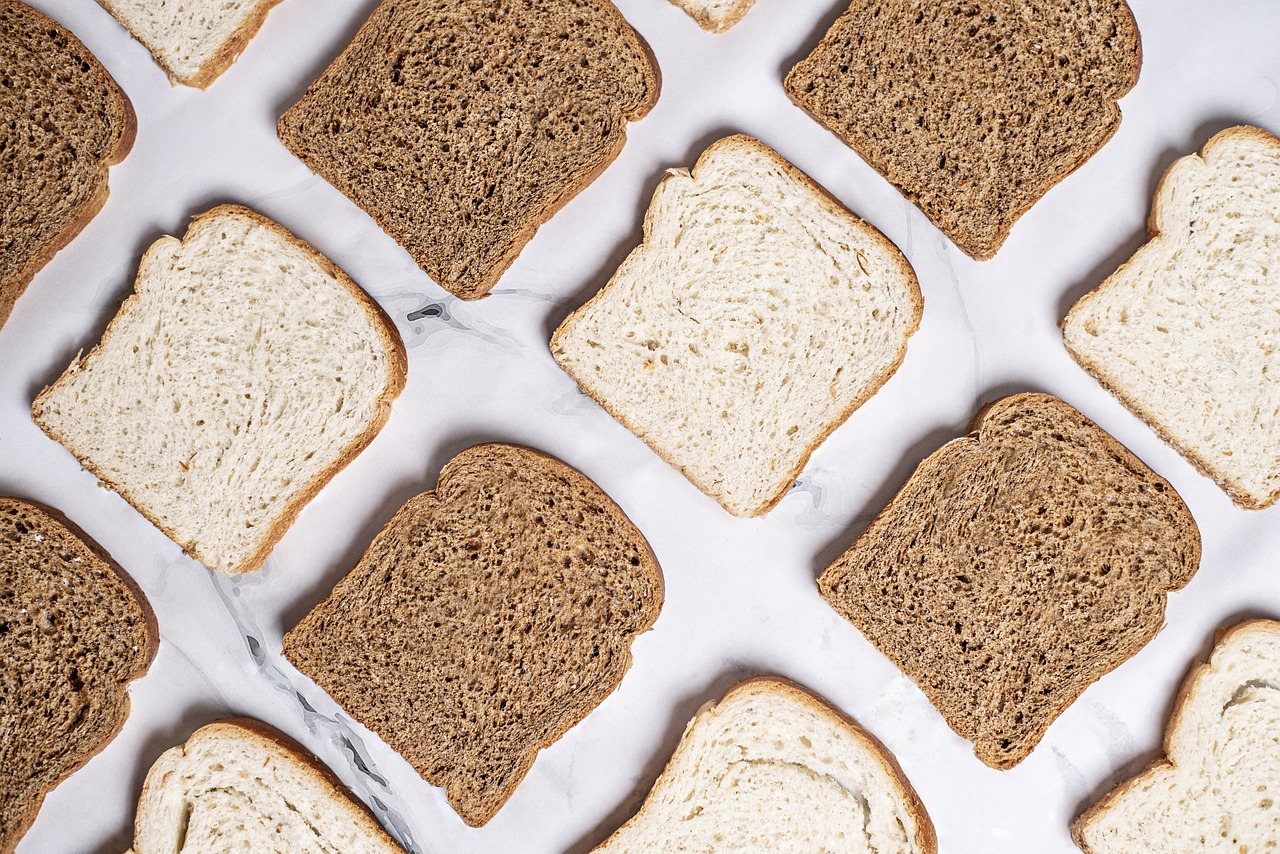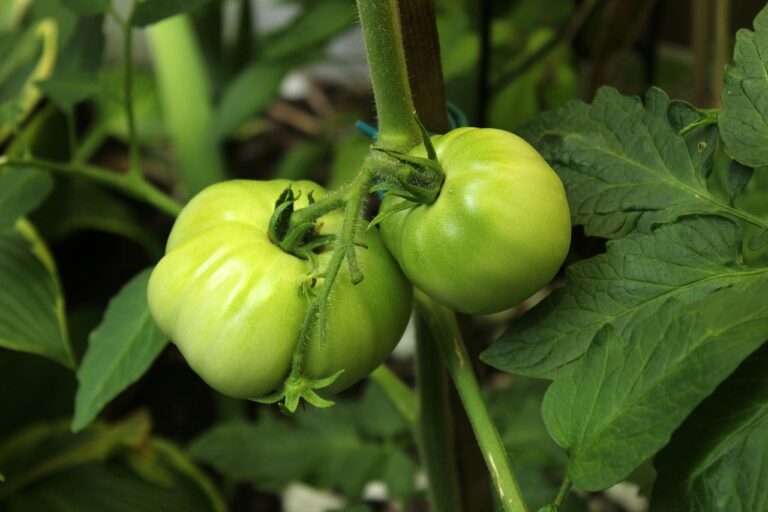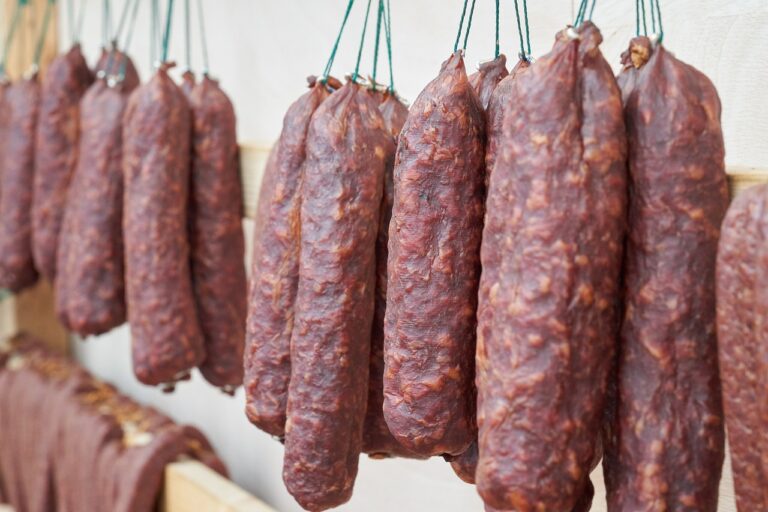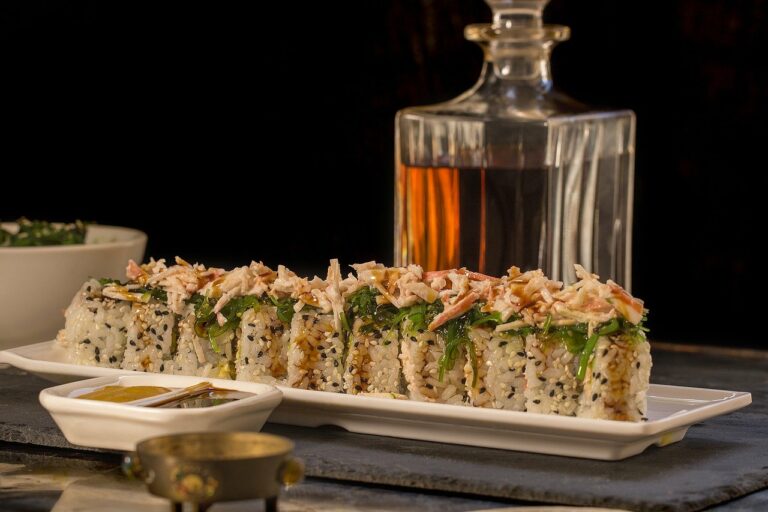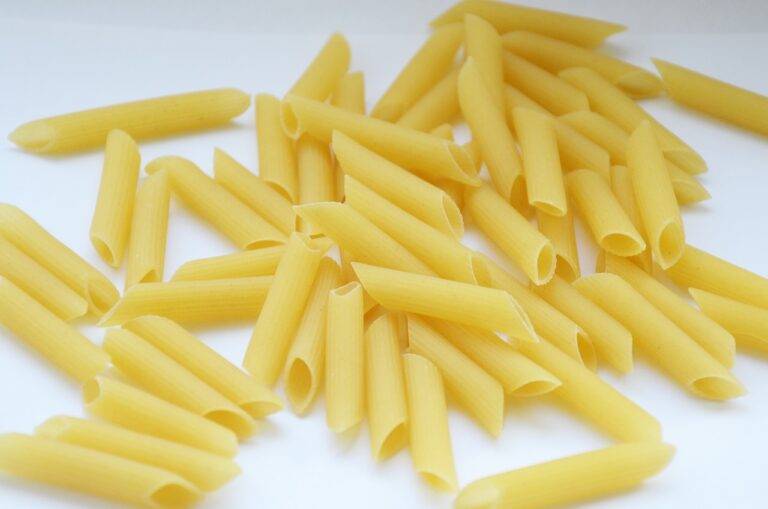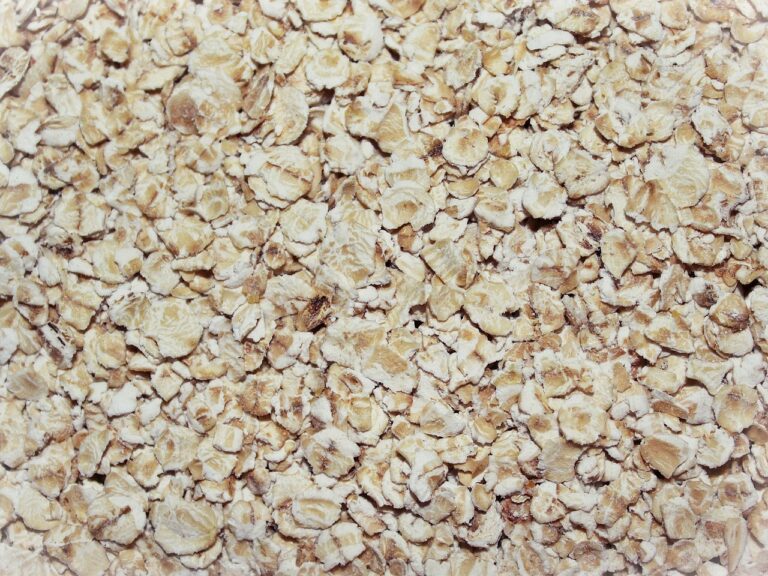Exploring Alternative Flours for Gluten-Free Baking
Gluten-free baking has become a popular option for those with gluten sensitivities or celiac disease. With the rise of this dietary trend, there has been a growing demand for alternative flours that can replace traditional wheat flour in baking recipes. In this article, we will explore a variety of alternative flours that are commonly used in gluten-free baking, their nutritional benefits, and tips for incorporating them into your favorite recipes.
Almond Flour
Almond flour is made from finely ground almonds and is a popular choice for gluten-free baking. It has a slightly sweet and nutty flavor, making it a great option for a variety of baked goods. Almond flour is high in protein, healthy fats, and fiber, making it a nutritious alternative to wheat flour. It is also low in carbohydrates, making it a good option for those following a low-carb diet.
Coconut Flour
Coconut flour is made from dried coconut meat that has been ground into a fine powder. It has a mild coconut flavor and is high in fiber, making it a satisfying choice for gluten-free baking. Coconut flour is also low in carbohydrates and has a lower glycemic index than traditional wheat flour, making it a good option for those looking to manage their blood sugar levels.
Buckwheat Flour
Despite its name, buckwheat is not a type of wheat but a seed that is related to rhubarb. Buckwheat flour has a rich, nutty flavor and is high in protein and fiber. It is also a good source of vitamins and minerals, including magnesium, iron, and B vitamins. Buckwheat flour is a versatile option for gluten-free baking and can be used in a variety of recipes, including pancakes, muffins, and bread.
Quinoa Flour
Quinoa flour is made from ground quinoa seeds and has a mild, slightly nutty flavor. It is high in protein, fiber, and essential amino acids, making it a nutritious option for gluten-free baking. Quinoa flour is also a good source of iron, magnesium, and antioxidants, making it a beneficial addition to your diet. It can be used in a variety of baking recipes, including cakes, cookies, and muffins.
Tapioca Flour
Tapioca flour, also known as tapioca starch, is made from the starchy root of the cassava plant. It is a light, white flour that is often used as a thickening agent in gluten-free baking. Tapioca flour helps to add structure and moisture to baked goods and is a popular choice for making gluten-free breads and cakes. It is also low in calories and has a neutral flavor, making it a versatile option for a wide range of recipes.
Chickpea Flour
Chickpea flour, also known as garbanzo bean flour, is made from ground dried chickpeas. It has a slightly nutty flavor and is high in protein, fiber, and iron. Chickpea flour is commonly used in traditional Middle Eastern and Indian cuisines and is a popular choice for gluten-free baking. It can be used to make flatbreads, pancakes, and savory snacks, as well as added to baked goods for added flavor and nutrition.
FAQs
What are the benefits of using alternative flours in gluten-free baking?
Alternative flours offer a variety of nutritional benefits compared to traditional wheat flour. They are often higher in protein, fiber, and essential vitamins and minerals, making them a healthier option for those with gluten sensitivities or celiac disease. Additionally, alternative flours can add unique flavors and textures to baked goods, creating a more diverse and satisfying baking experience.
How do I substitute alternative flours for wheat flour in recipes?
When substituting alternative flours for wheat flour in recipes, it is important to consider the differences in texture and absorbency of the flours. Depending on the recipe, you may need to adjust the amount of liquid or leavening agents to achieve the desired consistency. It is recommended to start by substituting a small amount of wheat flour with the alternative flour and gradually increasing the ratio as needed.
Are alternative flours more expensive than traditional wheat flour?
Alternative flours can be more expensive than traditional wheat flour due to their limited availability and higher production costs. However, the nutritional benefits and unique flavors that alternative flours offer can make them a worthwhile investment for those looking to enhance their gluten-free baking experience. Additionally, buying alternative flours in bulk or from specialty retailers can help reduce costs.
Overall, alternative flours are a versatile and nutritious option for gluten-free baking. By experimenting with different types of alternative flours, you can create delicious and satisfying baked goods that cater to your dietary needs and preferences. Whether you are looking to add more variety to your baking repertoire or are seeking healthier options for your favorite recipes, alternative flours are a great way to elevate your gluten-free baking experience.

